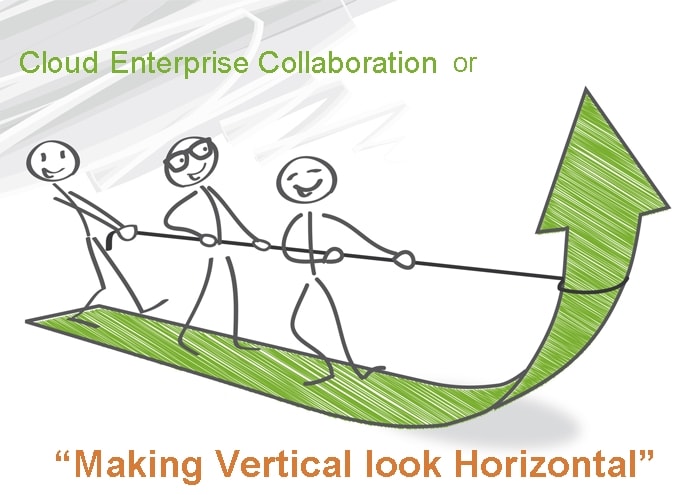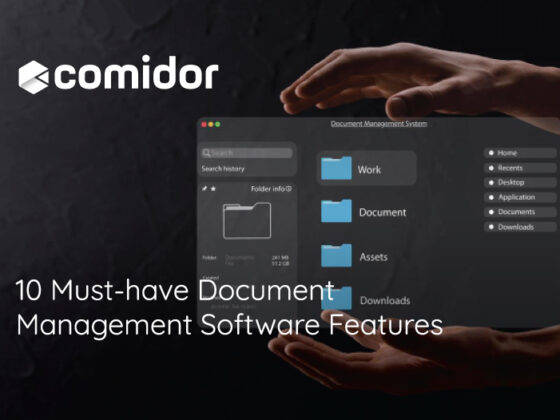How many times you have encounter a customer saying: “I know your application is storing this information but wouldn’t be awesome to have it inside this module also?” if most of these times you felt (and still feel) embarrassed you’re in the right path, but first things first. Taking for granted that the customer is well aware of your software pros and cons, then what she actually desires is a simple functional bridge between two distinct functional entities (modules, sub-systems, systems, etc.)
Look around you in the SaaS market and you will see that more and more vendors choose to “integrate” with third-party apps in an attempt to offer users an illusion of “functional completeness”. No matter the core offered functionality, you’ll end up having CRM coupled with DMS -DMS with Tasks management – Accounting with Resource Management -20% Project Management, 60% File management and 20% e-mail integration- CRM Project Management and so forth. That is not bad per se, as long as you know the recipe that satisfies your SME’s functional hunger. You just pick the right ingredients and cook them appropriately right?
Wrong. First and foremost, functional completeness is achieved through good organization business process analysis. It’s not about the applications (legacy or not). Business processes should be mapped to functional requirements and functional requirements to tools. All torments come when you try to operate a vertical application horizontally and vice versa. For example when you want your CRM acting like a DMS for your sales team or a productivity management system, or when your Calendar is over-stretched to cope with your project management needs.
There was a reason back then when the first IT gurus came up with this terminology. Vertical applications support a specific business process and target users with specific skill sets and job responsibilities. Due to this fact and contrary to horizontal, vertical applications are more complex and often require extensive customization in order to be integrated with other vertical ones.
There is no doubt that that technology and especially Cloud changed rapidly and to a large extent (almost liberated) the way we operate our business. In these economic turbulent times the cost effectiveness of cloud solutions was the prominent factor of mass migrations without second thoughts. But with great power comes great responsibility, and it’s the responsibility of the IT manager to handle the cloud power with care. Saving money from dumping your legacy systems and spent it all in multiple heterogeneous SaaS applications, not capable of providing seamless information integration, is not wise and soon you’ll end up having operational “holes” in your business.
So, plan your migrations with care and if there is no optimum solution for your needs yet, then let it be. Better stick to your legacies (knowing the costs) than trying to manage operational holes (without knowing the costs). Use the (n+2) rule of thumb as much as a benchmark to calculate the number of functional bridges required for having smooth information integration across your operational spectrum (n+2, n: the number of SaaS deployed – that is perceiving each SaaS as a node with one arc coming in and one leaving out). If you end up exceeding (n+2) then consider twice before making any purchase decision.
Can you make it with less than (n+1)? I believe yes. There are some awesome SaaS apps out there that truly worth any buck spent. They provide smooth, customizable and seamless information and functional flow as they integrate all the necessary tools for covering operational needs within their very own platform. Look out for those as they set the pace for next decade’s cloud market.





